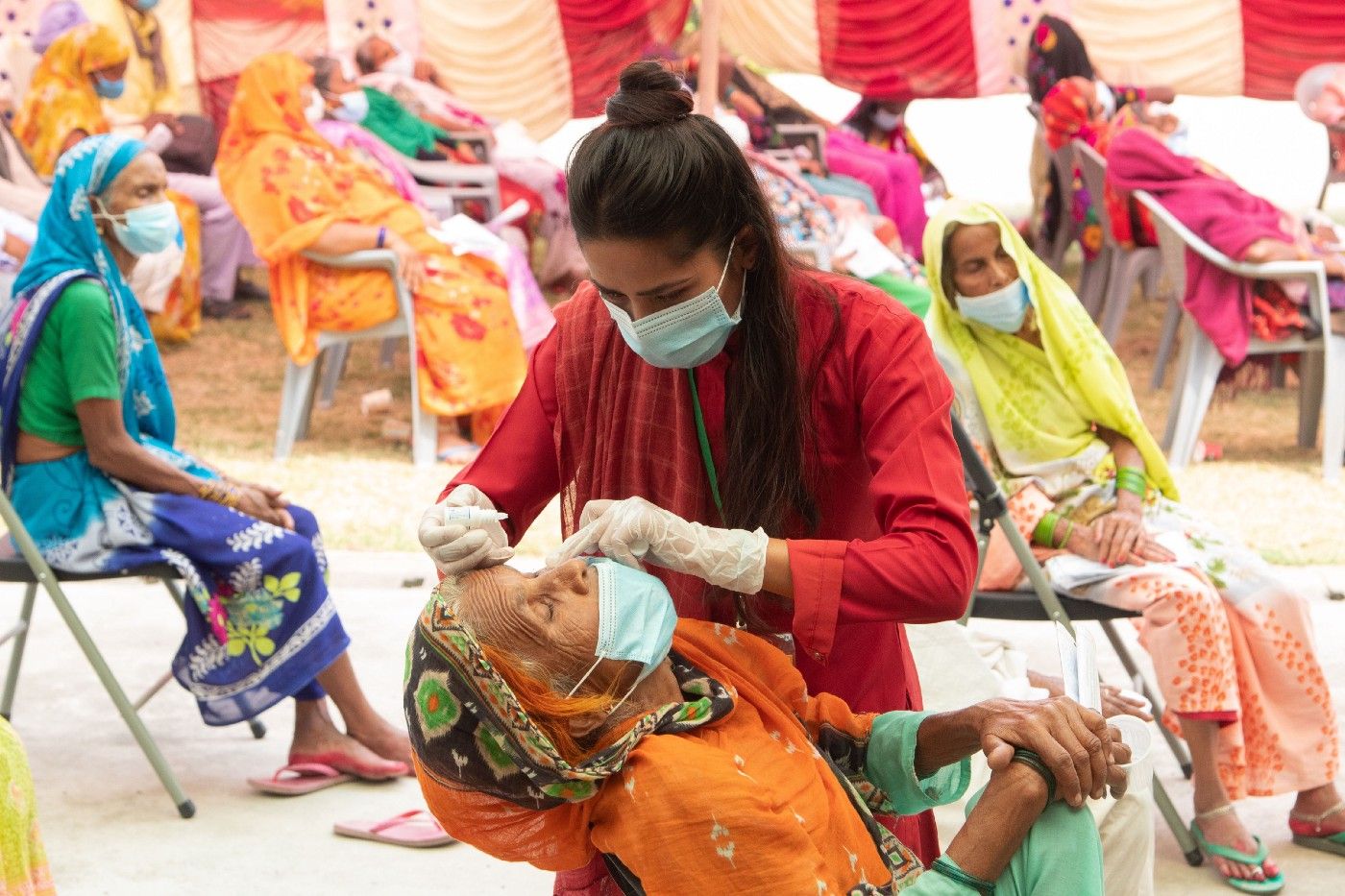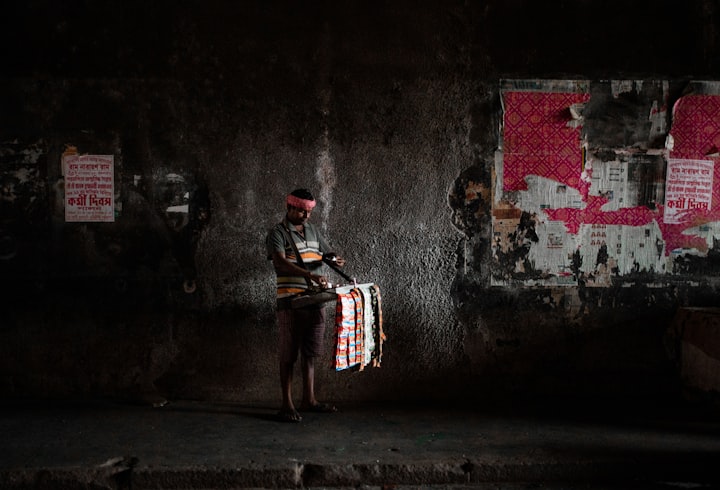The Financial Inclusion of Women

Over the last few decades, gender disparity has shifted and the gap between men and women has shrunk. However, it is without a doubt that there is still some work to do.
Not too long ago, women faced a large number of barriers in terms of seeking opportunities that would place them in equal circumstances to men. Inequality between women and men has been ever-present throughout history - more recently the line that was once drawn between men and women has slowly begun to blur.
Women still face a multitude of issues - more so in the developing world. In nations with a higher income, women are more likely to hold positions of power, receive an education and have financial freedom, however, in low-income countries, women are much more likely to be refused an education, live in poverty and even die younger.
Due to the gender gaps in both the developed and developing world, women earn significantly less compared to their male counterparts, thus causing them to be much less economically productive. It has been shown that empowering women and giving them the chance to be as productive as men improve opportunities for the next generation, encourages development and innovation and encourages institutions and policies to become much more representative.
In terms of opportunities, it has been seen that more women are beginning to turn to entrepreneurship. Whilst this is much more common in the Western world, some Asian countries are beginning to uplift and support female entrepreneurs.
Pakistan is one of the countries with the lowest number of female entrepreneurs. A mere 1% of females living in Pakistan are defined as entrepreneurs versus 21% of men. Women face many more cultural and social barriers in comparison with men. The women who choose entrepreneurship as their career path, often still face issues with banks and financial services.

Outside of entrepreneurship, over half a billion women have joined the world's labour force over the last three decades meaning women now account for around 40% of the world's workforce. This has been claimed to be due to a reduction in fertility in a mixture of nations from various parts of the world and improvements in education for females. Although this is a step forward, women are still paid significantly less than men for similar or the same job.
In the article, Empowering Women Is Smart Economics, it is stated that women are more likely to work as unpaid family labourers and female entrepreneurs tend to earn much less. More recently, the number of female politicians in every country has been a cause for concern. Whilst nearly every country has endorsed and introduced policies to prevent discrimination against women, it is still much more likely that women have less of a voice in terms of change and policy.
It was stated in the World Bank's 2012 World Development Report that closing gender gaps would change global development and policymaking. However, even with the vast amount of evidence that empowering women equals smart economics, many gender disparities still remain across the globe.
Gender inequalities lie within nearly every aspect of the world. One of the biggest factors I have seen is through healthcare. Women, especially those living in poverty, are much less likely to be favoured in terms of healthcare and cures for diseases.

Female mortality has also begun to waiver across the world - particularly in developing countries. Since the late 1900s, women have been living longer than men across the globe. But across the developing world, the rate at which women are dying is increasing and the age of death is decreasing.
Women sit at a disadvantage in comparison to men when it comes to paying for the cure of a family member. Families will, most of the time, opt for the male of the household to receive medical treatment as he is more likely to be the sole breadwinner. However, through the Tej Kohli & Ruit Foundation, we have seen that the cure of women does not just empower her, but the entire family.
Throughout history, it has been shown that the empowerment and inclusion of women and girls add a positive contribution, not just to the economy, but to society as a whole. Seeing this first-hand with the Tej Kohli & Ruit Foundation, it is exciting to look beyond today and think about what is yet to come with the inclusion of females across every industry across the world.
For more information on Tej Kohli as a philanthropist visit tejkohliruit.com and to read more of his views go to his Medium.
To read about Tej Kohli as an investor visit Kohli Ventures.
Find out more about Tej Kohli: Tej Kohli the technologist investing in human triumph, Tej Kohli the philanthropist trying to cure the developing world of cataracts and Tej Kohli the London tycoon with a generous streak.
| Follow: Twitter | Instagram | LinkedIn | Facebook | YouTube |






Comments ()